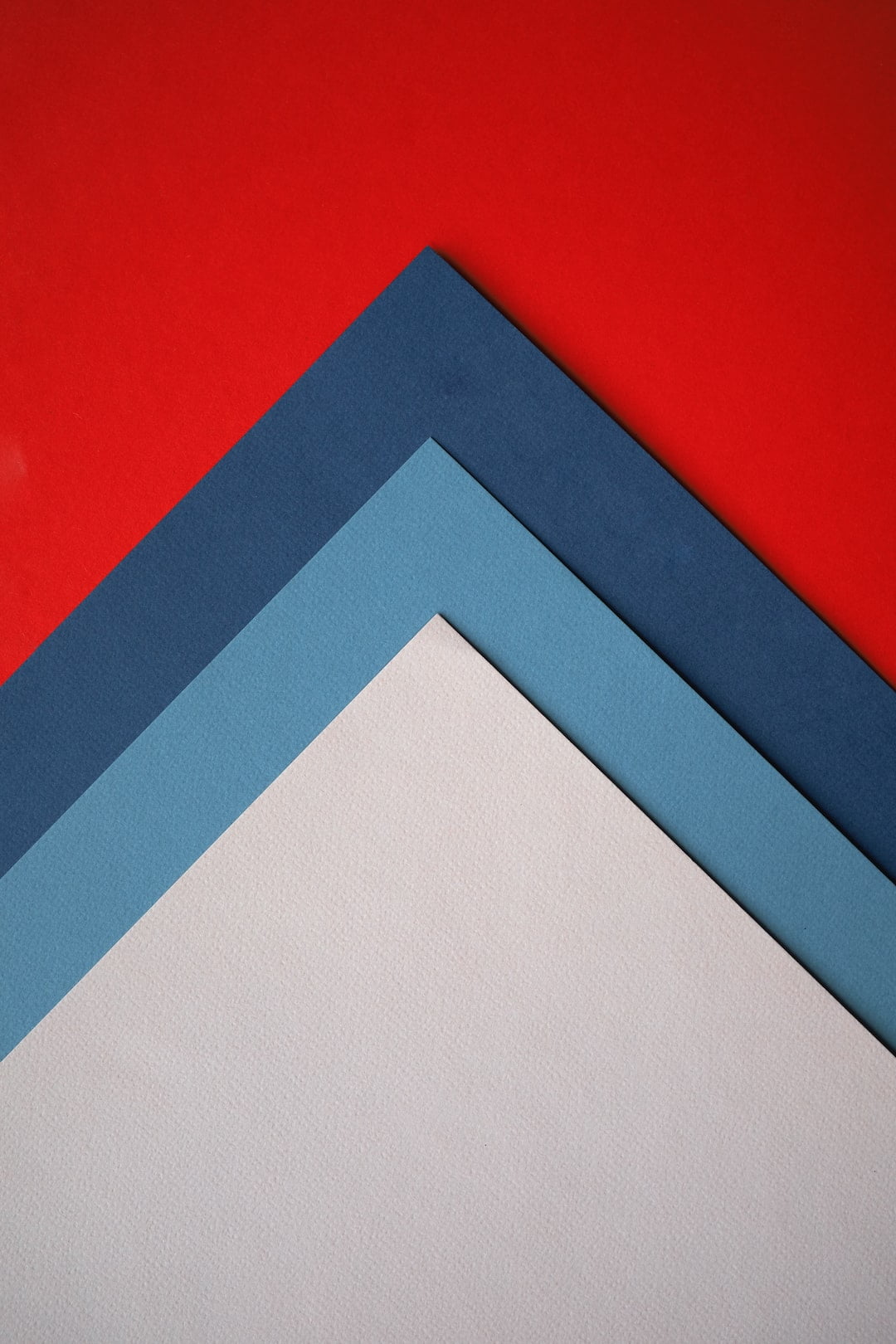Introduction
Art preservation is an art in itself, demanding meticulous attention to detail and the highest quality materials for museum-quality fine art paper. A pivotal element in this endeavour is the paper used for art prints. Museum quality paper, known for its archival attributes, plays an essential role in the longevity and preservation of artworks, making it the top choice among artists and collectors for its ability to maintain the integrity of art pieces over time.
The Importance of Museum Quality Paper
Museum quality paper is distinguished by its archival quality, designed to endure for generations without succumbing to deterioration. This paper is crafted from superior materials, ensuring a durable and premium finish vital for the preservation of fine art prints on museum-quality canvas. Its acid-free characteristic is crucial in preventing the yellowing and degradation that can occur over time, thus preserving the artwork’s original colours and quality for museum conservation. Additionally, the unique texture and surface of museum-quality paper contribute significantly to a gallery-worthy presentation of art prints.
Detailed Description and Features of Our Museum Quality Paper
Description
Our master’s edition features off-white, archival, museum quality paper that is uncoated, offering a luxurious experience for art enthusiasts. The paper’s natural white hue enhances the aesthetic appeal of artworks, ensuring they are displayed in their most authentic form.
Features:
- 250 gsm/110 lb Paper: This weight is ideal for fine art prints and photo reproduction on textured etching paper, offering a substantial feel and excellent image quality, ensuring durability and preservation. This weight makes the paper ideal for fine art, ensuring longevity without compromising its beauty, perfect for conservation efforts in museums and galleries. The matte, uncoated finish emphasizes the artwork’s details.
- Acid-Free with Alkaline Technology: The paper’s manufacturing process ensures it is acid-free, with a pH above 7, incorporating calcium carbonate to neutralize acids, guaranteeing the paper’s longevity without yellowing or discolouration.
- OBA-Free or low in OBA, suitable for high-quality fine art papers and photographic reproduction.: Our paper does not rely on optical brightener additives, ensuring the colour remains true under various lighting conditions and over time, preserving the artwork’s integrity.
- Eco-Friendly Certification: Please add details regarding eco-friendly certification related to fine art paper or museum-quality materials, highlighting their suitability for long-term conservation and environmental sustainability. We prioritise environmental responsibility by using FSC-certified paper, ensuring sustainable practices.
- Secure Packaging: Artworks are shipped in robust packaging to ensure they arrive in pristine condition each day, reflecting our commitment to quality and care.
- Regional Paper Sizes: We accommodate different standards by offering sizes in inches for the US and Canada and centimetres for other regions, catering to a global audience and including custom size options upon request.
- Print on Demand: Custom options available. Our flexible printing solutions require no minimum orders, allowing for bespoke requests and individualized attention to each piece, catering to the special requirements of museum-quality archival prints.
Inks and Paper Options
We use archival-quality inks known for their durability and resistance to fading, ensuring that artworks printed on our museum quality paper stand the test of time and conservation. Our product catalogue provides detailed information on paper options for each product, including archival matte paper for posters and framed posters, highlighting their stability and longevity without optical brightening agents.
How to Select the Right Paper for Fine Art Printing
Selecting the right paper for fine art printing is a nuanced process that considers texture, quality, and paperweight. The choice of texture, from smooth to textured surfaces, offers artists the ability to match the paper with their vision for the artwork. The quality of the paper directly affects the print’s appearance, with premium papers enhancing the depth and vibrancy of colours, especially when using textured etching paper or watercolour paper with a white base. Weight also plays a role in the paper’s feel and durability, contributing to the overall aesthetic of the finished print, making it suitable for museum conservation efforts.
Common Techniques for Printing on Museum Quality Paper
Giclee printing stands out for its use of high-quality inks and precise printing methods, favoured for museum quality paper to reproduce artworks with exceptional clarity and colour accuracy. Permajet inks are specifically formulated to offer superior colour reproduction and longevity, ideal for archival prints. These techniques ensure that prints remain vibrant and detailed over time.
What are the advantages of using museum quality paper for art reproduction?
Utilising museum quality paper for art reproduction offers significant benefits for artists and photographers, transcending the limitations of standard paper sizes. This high-quality paper is designed to meet the demands of a wide range of artworks, from large-scale pieces to smaller prints and limited editions. Its superior archival qualities ensure that reproductions maintain the same high standards as the original pieces, preserving the integrity and detail of the artwork without compromise.
The versatility of museum quality paper is evident in its availability in various finishes and textures, allowing artists the flexibility to select the perfect medium for their creations. Whether the aim is to achieve a matte, glossy, or textured finish, museum quality paper can accommodate these preferences, enhancing the visual appeal of the art.
Moreover, the use of museum quality paper significantly impacts the longevity and preservation of art reproductions. Its archival properties, including acid-free composition and resistance to fading, ensure that artworks remain vibrant and intact over time. This makes museum quality paper an ideal choice for artists looking to create limited edition prints and reproductions that offer collectors and enthusiasts artworks of enduring beauty and value.
Conclusion
Selecting museum quality paper is a critical decision in the art preservation process, ensuring that artworks are presented and maintained to the highest standards. Our detailed exploration of the features and benefits of our archival paper, alongside guidance on selecting and preserving prints, underscores the importance of quality materials in the art world. By choosing
High-quality artwork in a compact and attractive format is often achieved using museum-quality, textured etching paper designed to keep the vibrancy of colours over time



